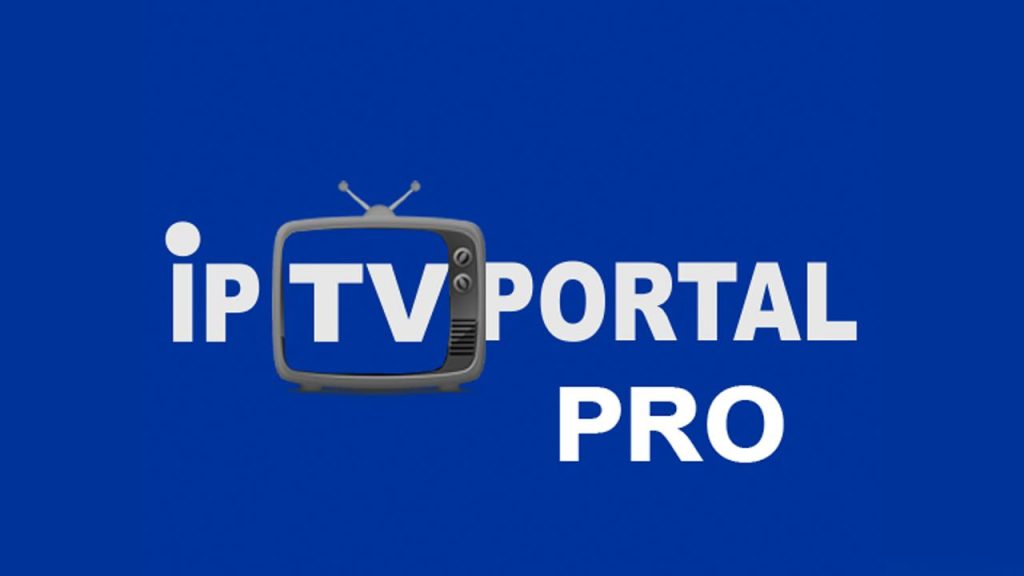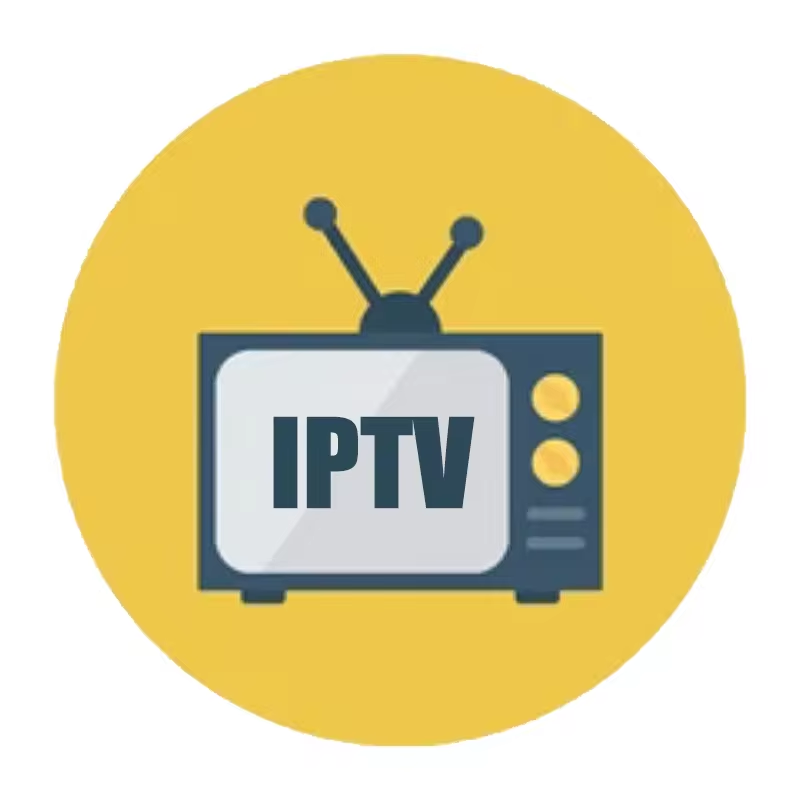IPTV No Buffering: Best Lag-Free IPTV Providers | StaticIPTV.us
In the realm of digital streaming, IPTV No Buffering has fundamentally transformed the manner in which content is consumed, providing users with an extensive array of channels and on-demand programming options, including premium sports and international programming. A significant challenge encountered by users is buffering, which can considerably disrupt the overall viewing experience, especially during live sports and other high-quality content streaming. This guide will delve into the operational mechanisms of IPTV services, examine the prevalent causes of buffering, and identify critical factors to consider when selecting the best IPTV provider. Additionally, it will feature leading IPTV providers recognized for their minimal buffering and offer practical recommendations to enhance the streaming experience, including optimizing bandwidth management and server stability. Whether one is an experienced IPTV user or a newcomer, this information is designed to facilitate a seamless viewing experience across various streaming platforms. Key Takeaways: Choose an IPTV provider with strong network infrastructure and strategically located servers to minimize buffering and ensure reliable streaming. Consider bandwidth and connection speed when selecting an IPTV provider for a lag-free viewing experience. Optimize your internet connection and device settings to reduce buffering while streaming IPTV content. Other strategies, such as using an Ethernet cable, can also improve performance. Additionally, consider legal IPTV services for a more reliable experience. Understanding IPTV and Buffering IPTV, or Internet Protocol Television, provides high-quality content via the internet, significantly transforming media consumption by offering live sports, international programming, and video-on-demand options. Unlike traditional cable television, IPTV facilitates seamless streaming experiences across a variety of devices, including Smart TVs, Android, and iOS platforms. What is IPTV and How Does it Work? IPTV, or Internet Protocol Television, refers to the delivery of television content via the Internet utilizing streaming technology, in contrast to traditional satellite or cable distribution methods. This innovative system enables users to access a wide range of channels and on-demand content across various devices, including smart TVs, computers, and mobile devices. By employing Content Delivery Networks (CDNs), IPTV services facilitate smooth and efficient data transmission, thereby minimizing latency and buffering issues that could disrupt the viewing experience. Moreover, electronic program guides (EPGs) serve a vital function in managing and navigating channel lineups, providing viewers with real-time information and streamlined access to scheduled content. This user-friendly platform significantly enhances the media consumption experience, allowing individuals to easily explore diverse programming options from around the world, including global channels and major sports leagues. Causes of Buffering in IPTV Buffering in IPTV can result from various factors, including inadequate server stability, poor bandwidth management, and insufficient internet speed, which ultimately leads to interruptions in the streaming experience. Such interruptions can lead to viewer frustration and detract from the enjoyment of their preferred shows or live events. A prevalent cause of buffering is network congestion, which occurs when multiple devices utilize the same connection, thereby saturating the available bandwidth. Additionally, server issues may arise, particularly during peak viewing times, resulting in delays in data delivery. To enhance streaming quality, it is essential to ensure that the internet speed is adequate for high-definition streams and that the chosen service provider employs fast, reliable servers. Upgrading to a higher bandwidth plan or reducing other network activities can also alleviate these buffering issues. Additionally, using a VPN can provide a more secure and stable connection, further reducing buffering. Factors to Consider When Choosing an IPTV Provider When selecting an IPTV provider, it is essential to consider several key factors, including subscription plans, compatibility with multiple devices, the availability of premium channels, and the quality of customer support. Moreover, checking the subscription pricing can help in finding affordable IPTV options. Each of these elements can significantly impact the overall streaming experience and meet various entertainment needs. Network Infrastructure and Server Locations The network infrastructure and server locations of an IPTV provider are critical components that influence streaming quality, as they determine the efficiency of content distribution and the capacity to prevent playback interruptions. Evaluating server stability and access to high-speed servers are also essential in ensuring minimal buffering. A well-structured infrastructure not only facilitates high bandwidth availability but also reduces latency, ensuring that viewers enjoy seamless streaming without disruptions. The strategic placement of servers, particularly across geographically diverse regions, further enhances performance by providing expedited access times for users, regardless of their location. By optimizing these elements, IPTV providers can significantly enhance server stability, which is directly linked to user satisfaction. Ultimately, the decisions made regarding network architecture and server deployment can result in a more reliable viewing experience, fostering trust and loyalty among subscribers in an increasingly competitive market. Legal content and trial subscription options can also attract more users to the service. Bandwidth and Connection Speed Effective bandwidth management and connection speed are critical components for ensuring a reliable IPTV streaming experience. Insufficient bandwidth can result in buffering and interruptions while viewing live sports or on-demand content. To fully enjoy high-definition streaming without disruptions, users should strive for a minimum connection speed of 25 Mbps for HD content and 50 Mbps for 4K resolutions. It is essential for viewers to recognize that fluctuations in connection speed not only affect video quality but may also impair the responsiveness of interactive features, such as channel switching or video selection. Implementing strategies such as utilizing wired connections instead of Wi-Fi, minimizing the number of devices sharing the network, and prioritizing streaming traffic can significantly enhance overall performance. Additionally, employing high-quality routers that are specifically designed for high-bandwidth activities can contribute to a seamless entertainment experience. Features and Benefits of Each Provider Each leading IPTV provider offers distinct features and benefits, including high-definition quality, extensive content libraries, and affordable subscription plans designed to meet various entertainment needs. Popular IPTV services also include features such as cloud DVR and 24/7 support to enhance the user experience. When assessing these services, it is imperative to consider not only the quantity of available channels but also the diversity of content, which encompasses live sports, on-demand movies, and family-oriented programming.
IPTV No Buffering: Best Lag-Free IPTV Providers | StaticIPTV.us Read More »



